Tags: Sun

Partial Solar Eclipse: Shadow of Moon Not Touching the Earth’s Surface at Any Point in This Week’s Occurrence [Report]
Solar Storm Warning: Sun Emits Giant Sunspots That Could Destroy Internet

Internet Shutdown on Earth; How Does a Massive Solar Storm Contribute to the Online Interruption in Space?

NASA Takes Stunning Photo of Sun Having Another Solar Flare Episode [LOOK]

Discovery of the Nearest Black Hole to Earth Implies Existence of Many Others in the Galaxy

Solar History: Study Suggests Information About the Evolution of Sun Could be Hiding on the Moon
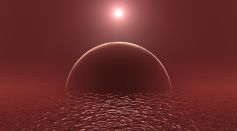
Red Sky Paradox: Scientists Present New Theory on the Rarity of Earth's Life
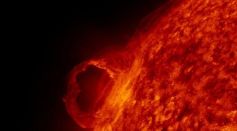
Large Sunspot Facing Earth Shots M-Class Solar Flare Towards the Planet

Does The Moon's Light Emit For Earth? Study Explains The Reflection of Light From Sun and Moon
NASA's Parker Solar Probe Expected to Fly Through A Solar Flare: Will It Survive?
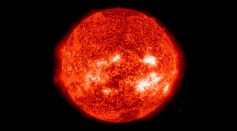
Sun's Vibration Is Changing Due to the Huge Sunspot Pointing Towards Earth
ESA Solar Orbiter Successful Venus Flyby Captures the Nearest Image of the Sun
Will the G2-Level Geomagnetic Storm Have an Impact on People?
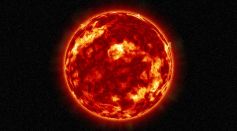
Solar Flare Warning: Planet-Sized Sunspot May Engulf Earth, Causing Radio Blackouts and Aurora Borealis
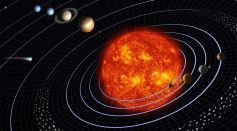
Earth Moving Away From the Sun: Can a Rogue Star Kick the Planet From the Solar System?

NASA Observatory Captures Sun Emitting Powerful Solar Flare That Caused 'Radio Blackout' On Europe and Africa
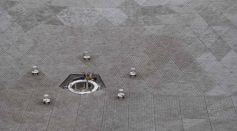
China to Build World's Largest Telescope Array to Study Sun's Coronal Mass Ejections

Geomagnetic Storm to Hit Earth After a Massive Coronal Mass Ejection From the Sun; Solar Flare Could Result in Aurora Borealis in the Caribbean

Geomagnetic Storm Warning: Cannibal ‘Dark Plasma Explosion’ From Sun to Hit Earth and Create Auroras in US
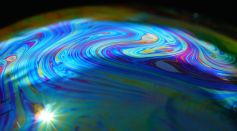
Can 'Space Bubbles' Shield Earth From the Sun? MIT Scientists Explain How This Would Work
Most Popular

Persistent Coughs Are Everywhere: Here's What Experts Think Is Causing It

Ancient Hotspot Found to Have Created Great Lakes 300 Million Years Ago

Mysterious Structures Discovered Beneath the Pacific Ocean, Puzzle Scientists

Health Benefits of Drinking Hot Chocolate





